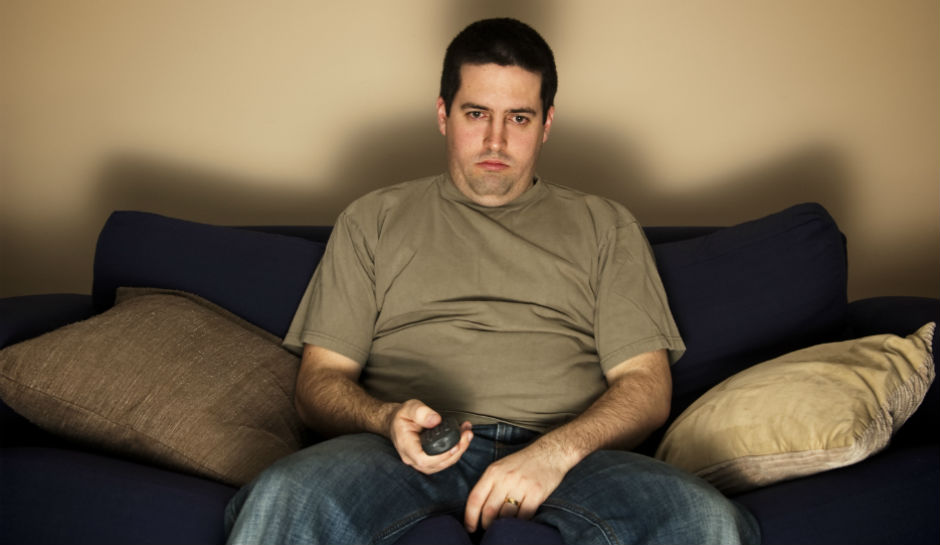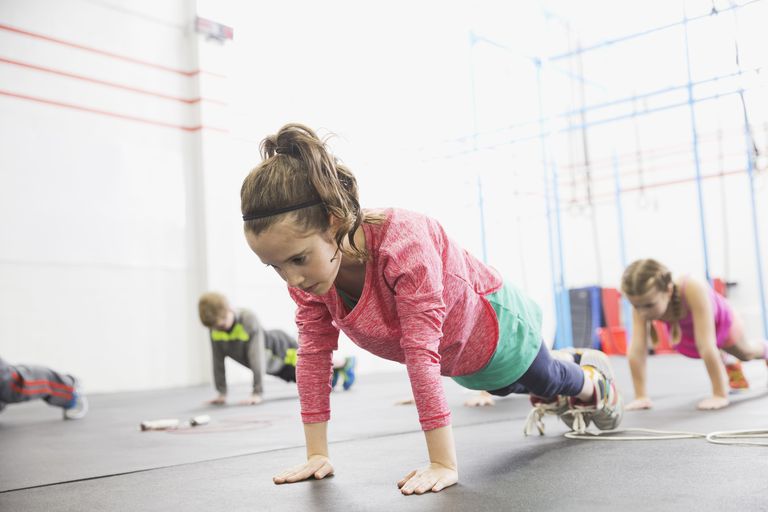Awesome Health Benefits of Systematic Workout for All Ages
Physical activity and workouts tend to be rather important. Ecological factors have got a tremendous impact upon the flow of life. A constant threat of harmful viruses in the surrounding world weakens people’s health. That’s why defensive powers of the organism are ought to be stimulated by all available methods: well-balanced diet, preventive activities and, of course, physical actions.
Importance of Daily Routine
Nowadays, the world is flooded with gadgets of various types starting with standard PCs and finishing with smart watches. On one hand, these items ease the workload and reduce the amount of routine troubles, but on the other hand, they heavily decreased the physical activity compared to previous ages.
 It leads to lowering of individual’s skills, musculoskeletal disorders, issues with functioning of the internal organs. Lack of activity causes problems with all body systems (respiratory, cardio-vascular and muscular). As a result the whole body suffers.
It leads to lowering of individual’s skills, musculoskeletal disorders, issues with functioning of the internal organs. Lack of activity causes problems with all body systems (respiratory, cardio-vascular and muscular). As a result the whole body suffers.
This explains an irreplaceable role of sports for human being. Sometimes sports can be the only available alternative of natural necessity to move.
Overall Impact of Workouts
A huge number of various investigations on how sport benefits our health is constantly conducted.
The physical load can boast with the following benefits:
- Strengthening of the locomotor system. With regular workouts, muscles increase in volume and weight, bones of the skeleton become more solid. During the gym visits, running, cycling or other cardio exercises oxygen is provided to muscles more effectively. Blood vessels start working while exercising and new blood vessels appear. The structure of blood tissues transforms under the impact of constant practicing: the nutrients quantity increases leading to more intensive metabolic processes, the protein development and cell birth. Systematic going in for sports prevents the risks of locomotor diseases like osteochondritis, herniated discs, arthritis, osteoporosis etc.
- Nervous system is enhanced and developed. Agility, speed and improvement of motion coordination contribute to the changes of the nervous system. Going in for sport also promotes constant development of totally new reflexes. The body obtains the skill to getting used to stress and capability to perform the training in more productive and economic way for achieving the ultimate goal. The tips of the nervous system become more sensible and are capable to act faster and with a more positive feedback from the body.
- The processes of cardio-vascular system become better. The impact of trainings on the human body is expressed through the growth of heart durability. A fair portion of tension makes all the organs perform at extreme rate. Muscular system, during the exercising, needs more blood supply and the heart’s responsibility is to do this in the most efficient manner. The volume of transported blood is 4 times bigger than it is in the state of calm.
- Improvement of respiratory system work. During physical exercises tissues and organs need more oxygen. That is why breath becomes deeper and more intensive. The amount of air passing through the lungs per minute increases from 8 liters during the state of rest to 100 liters during running, swimming or exercising in the gym.
- Improvement of the immune resistance and structure of blood. The number of erythrocytes shifts from 5 to 6 million in a single millimeter of blood among people with regular physical routine. The amount of lymphocytes, which task is to eliminate the threat from the outside, also increases. This is an obvious proof that sport enhances the defensive level of the entire body – sportive people suffer from diseases rarer.
- Better digestion rate. Well fit body is capable of maintaining sugar and other blood components at a quality level.
People who devote some of their leisure time to trainings tend to become vivacious; they do not complain and fall into depression very often.
Impact of Workouts for People of Various Age
Children health is directly bound to sports. Such a situation may be illustrated through medical statistics. 70% of those children, who are often ill, don’t take physical education practice. Mental workload at school and constant sitting in front of digital screens don’t let the body to have a proper stimulation.
 It causes malfunctions and turns schoolchildren or students into “old fellows” long before actual old age. They suffer from the diseases that previously only people of older age were diagnosed with (pathologies of bone system, vessel and cordial diseases).
It causes malfunctions and turns schoolchildren or students into “old fellows” long before actual old age. They suffer from the diseases that previously only people of older age were diagnosed with (pathologies of bone system, vessel and cordial diseases).
Adults after 25 are strongly recommended to visit the gym 2-3 times per week, walk, bicycle or take any other systematical exercising to keep fit and healthy.
For older people the intensity of physical exercising should be lower. Besides, it’s very important to consult the doctor once there is any issue. For example, 30 minutes of gymnastics 4-6 times a week would greatly benefit the health of an elderly person. The best solution would be yoga, tai-chi or walking.
In general going in for sport is recommended to everyone. However, it is important to evaluate one’s abilities and select such type of sport which will bring pleasure. This may be running, swimming, aerobics, fitness or any other. Any activity will be useful once it corresponds the person’s abilities and desires.
Also read useful articles about healthy living:


